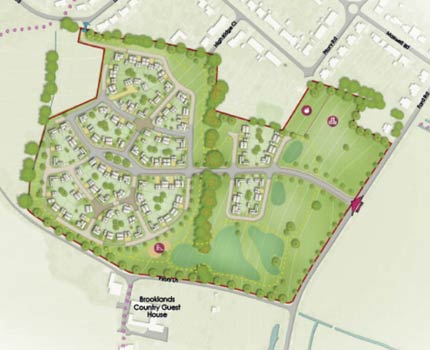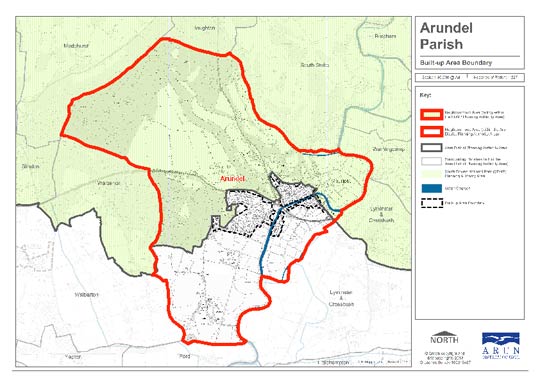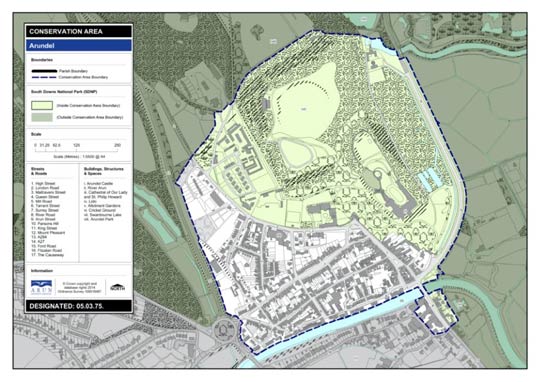Community header template
- Home
arrow_drop_down
- News
arrow_drop_down
- What’s On
- Local Information
arrow_drop_down
- Community Groups
arrow_drop_down
- Business Support
arrow_drop_down
- Advertising Rates
- Business Networks
- Akin Arundel
- Arundel Chamber of Commerce
- Consultants, Admin Support & Office Space
- Film Location & Production Support
- IT & Technical Support
- Legal, Financial Planning, Accountants And Insurance
- Local Publications And Media
- Marketing, Printing & Digital
- Business Newsletter
- Local Directory
arrow_drop_down
- Estate & Lettings Agents & Architects
- Health, Beauty & Wellbeing
- Home & Gardening Services
- Legal, Financial Planning, Accountants And Insurance
- Photographers, Fashion & Lifestyle
- Retirement, Care & Funeral Services
- Travel, Holidays & Languages
- Tradesman, Builders and Property Services
- Vehicle Repairs, Storage, Hire & Taxi Services
- Weddings, Events & Entertainment
- Contact
Planning control is the process of managing the development of land and buildings to save what is best of our heritage, and to improve the infrastructure upon which we depend for a civilised existence.
Planning control ensures that the right development happens in the right place at the right time, benefitting communities and the economy. It plays a critical role in identifying what development is needed and where, what areas need to be protected or enhanced and in assessing whether proposed development is suitable.
The planning system is applied by local government and communities. Our local planning authorities, Arun District Council (ADC) & South Downs National Park Authority (SDNPA), are responsible for deciding whether a development, anything from an extension on a house to a new shopping centre, should go ahead.



The Parish of Arundel
ADC administers most of the planning in our Parish. In the Parish map found here, the red line is the parish boundary, the green area is within the SDNP and the rest is within ADC. The dotted line shows the Built Up Area Boundary of the town, separating urban land, on which development may be acceptable, from the countryside, within which it is not
Conservation area
A Conservation Area is defined as ‘an area of special architectural or historic interest, the character and appearance of which it is desirable to preserve or enhance’ (Planning (Listed Buildings and Conservation Areas) Act 1990). Conservation Areas were first introduced in 1967 and are often centred on listed buildings, green spaces or historic streetscapes.
The second map shows Arundel’s Conservation Area, which is subject to more stringent planning rules than the rest of the parish, covered by ADC’s Conservation Area Supplementary Guidance.
https://www.arun.gov.uk/conservation-areas
There are 215 listed buildings and structures in Arundel including the Grade I Arundel Castle.
The Planning Authority (ADC/SDNPA) will consult their internal conservation officers and other organisations (e.g. Historic England and English Heritage) on plans which affect development within the conservation area, and sometimes outside the Conservation Area when development may affect site lines (or in other ways) to the Conservation Area.
Large parts of Arundel lie within Flood Zone 3, and so form part of proposals by the Environment Agency (EA) to undertake flood defence works in the parish over the next twenty years as set out by the Lower Tidal River Arun Strategy (LTRAS). The first Arundel Neighbourhood Plan 1 (ANP1) safeguards land for LTRAS and the relevant policy was saved in ANP2.
The EA are often asked to consult on planning applications.
ADC and SDNPA Plans
ADC has prepared a Local Plan covering their objectives for the period 2011-2031.
SDNPA is the statutory planning authority for the national park area, they are the 8th largest planning authority in the country in terms of number of applications received, and also one of the largest in terms of area covered.
The SDNPA has also produced a Local Plan for the period 2014-2033
District councils (ADC & SDNPA) are responsible for most planning matters, other than transport and minerals and waste planning which are typically carried out by County Councils, in our case West Sussex County Council (WSCC).
Role of Arundel Town Council
Town councils play an important role in planning applications that affect their area.
Arundel Neighbourhood Plan
The Government wants to see planning decisions taken at the lowest level possible and introduced the ability for parish and town councils to produce neighbourhood plans. Once adopted these form part of the policies used to make decisions on applications.
ATC prepared their first Neighbourhood Plan (ANP1), which was adopted by both ATC and ADC in 2014. However, this plan had to be reviewed due to changes in National Planning Policy Framework (NPPF), Arundel’s obligations in the new ADC housing requirements (a requirement to find approx 100 more new dwellings) than ANP1 provided for) and the opportunity to add greater protections for Arundel’s heritage.
The new Arundel Neighbourhood Plan (ANP2) was adopted by ATC & SDNPA in late 2019, and ADC in early 2020. Arundel’s NP reflects the wishes of the majority of residents in determining how the town should grow in the period to 2031 as well as conforming with the strategic policies of the ADC & SDNPA Local Plans.
Arundel Town Council Planning Advisory Committee
Arundel Town Council has a Planning Advisory Committee, which reviews every application in the parish and comments to the planning authority (ADC or SDNP).
The role of ATC is similar to that of an individual in commenting on plans. For example if ATC reject a planning application, that plan can then not be decided by council officers alone and must be dealt with by the (ADC or SDNPA) Planning Committee.
The role of ADC and SDNPA
ADC and SDNPA appoint planning officers to assist with the operation of the planning system. Most minor and uncontroversial planning applications – around 90% received by most local planning authorities– will be decided through delegated decision-taking powers, which means they are dealt with by local planning authority officers. Larger and more controversial developments are often decided by planning committee, informed by officers’ recommendations.
As mentioned above if ATC rejects a planning application, then that plan will be taken out of delegated powers of officers and will be dealt with by the district Planning Committee. Similarly, individuals can influence the progress of plans by commenting on them at each stage at Parish or District level. They can do this in writing or in person at the relevant Planning Committee meeting.
Details of ADC’s & SDNPA’s delegated powers to officers and the decision making process can be found here:
Planning Oversight
The Secretary of State oversees the planning system as a whole as well as having a more direct role in a small number of decisions through the appeals system, the call-in process and decisions on nationally significant infrastructure projects.
The Planning Inspectorate for England and Wales is an executive agency of the Department for Communities and Local Government. Planning inspectors are responsible for deciding most planning and enforcement appeals on behalf of the Secretary of State, and play a role in relation to Nationally Significant Infrastructure and plan-making as explained elsewhere in this guide.
